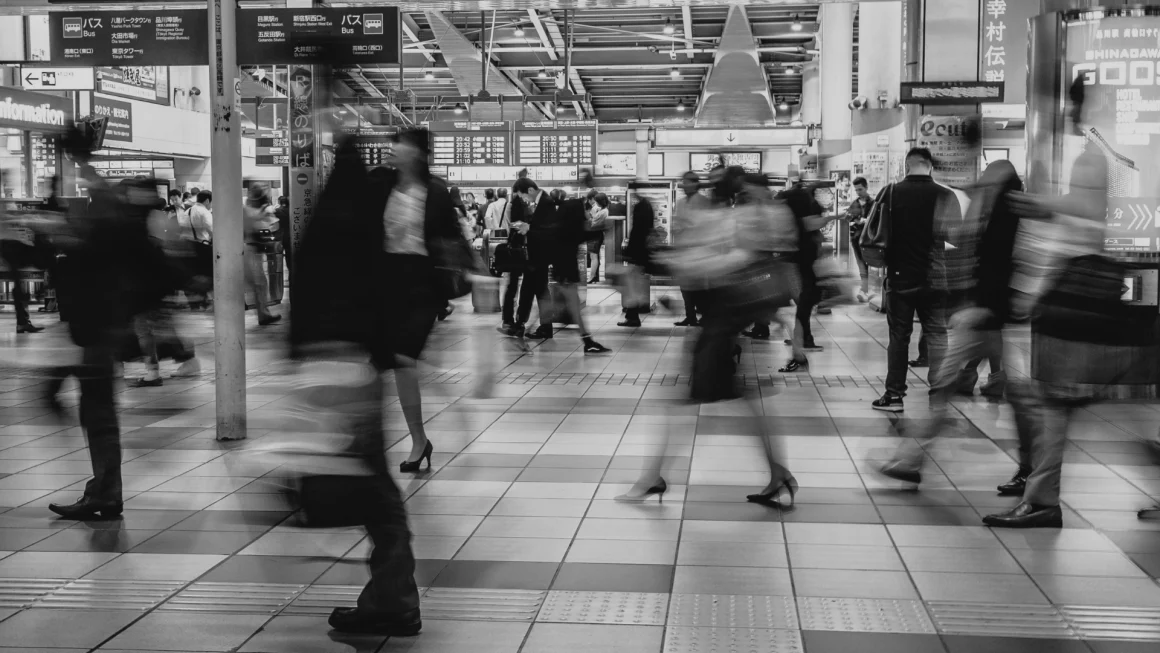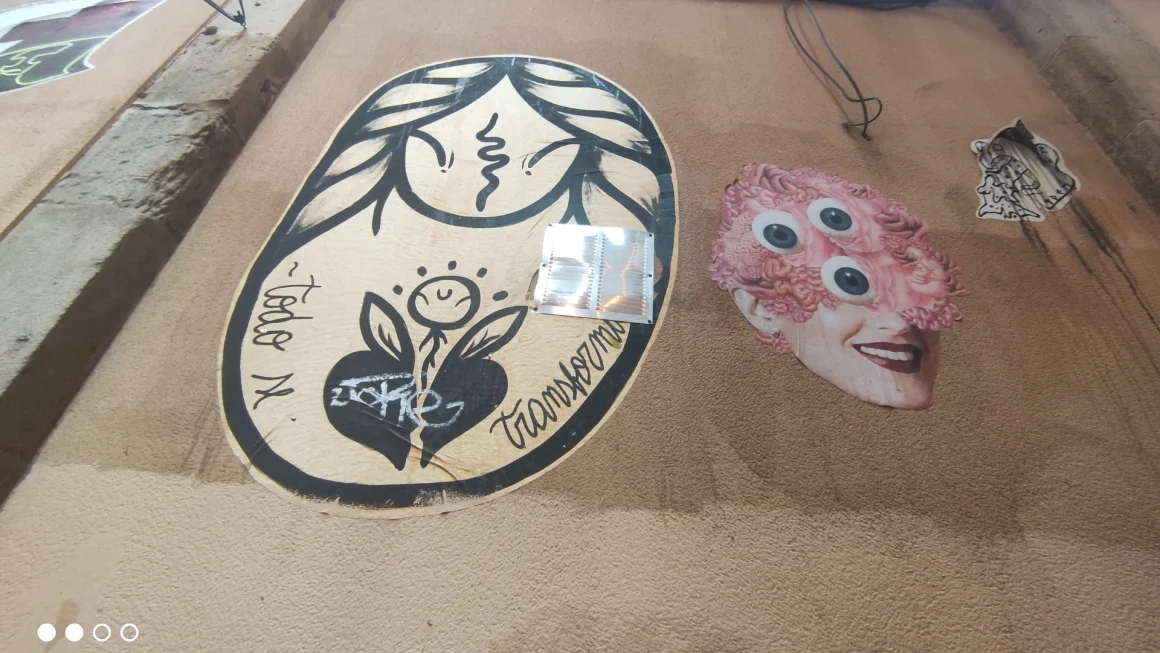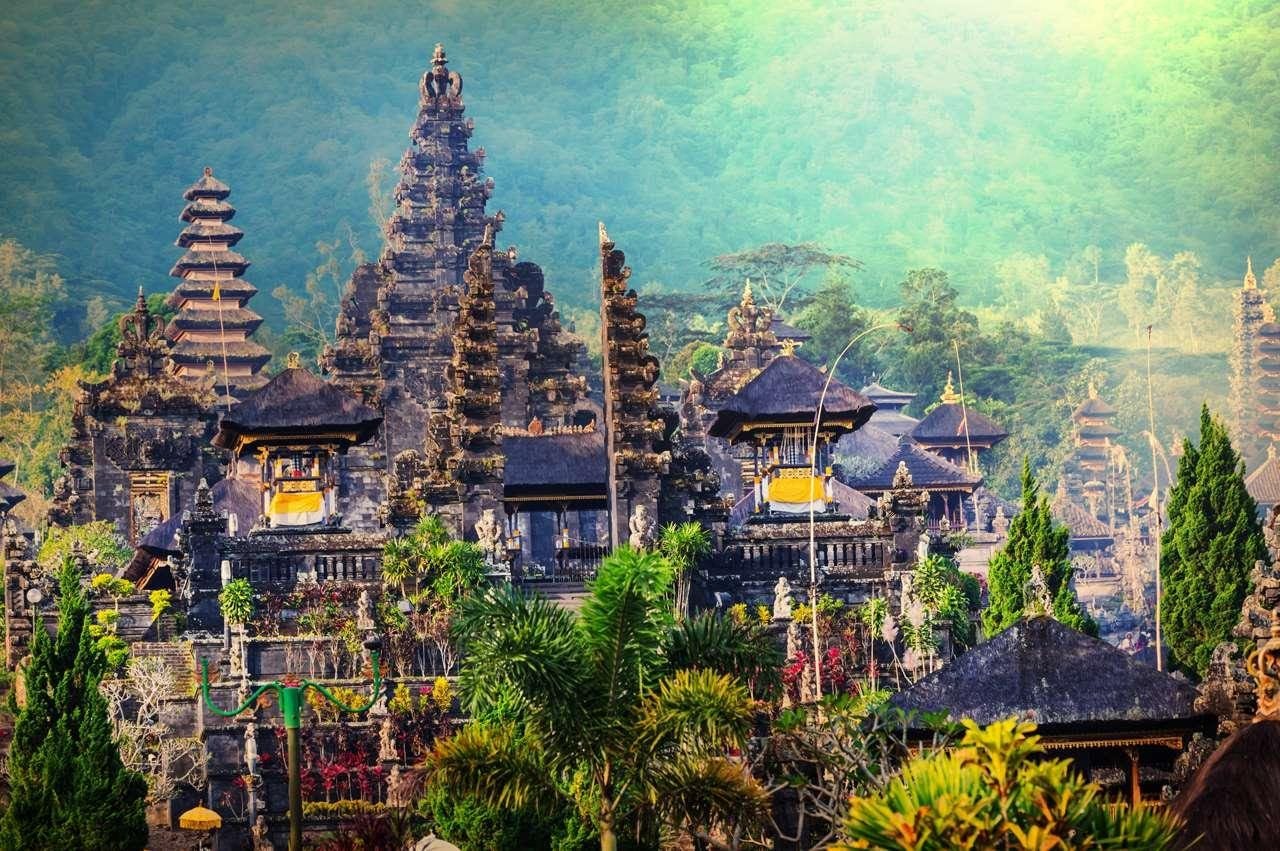
A story by Pablo Luna
Over the last decades, Bali has relentlessly shown a ‘gold rush’ real-estate, hotel and f&b development, both in foreign and local hands. A substantial part of the tourism and hospitality sector often attempts to monetize and maximize financial gain at the back-door expense of natural resource depletion, insufficient infrastructure and desecration of Balinese ancestral lands and traditional rice fields. The delusional notion of paradise — Bali as ‘heaven on earth’ — has birthed countless resorts, private ‘magazine’ villas and new built Balinese home-stays catering to the massive influx of tourism that has become the island’s prevailing economic core.
As of 2019 the ‘Island of Gods’ carries the burden of sustaining over 520 hotels and some 57,000 hotel rooms across 3,4 and 5 star hotels and resorts (According to Colliers International — Quarterly hotel sector report, Bali Q2 2017).
This does not include the several thousands of guest houses, villas, home-stays and mini hotels owned and operated by Balinese families.
So, where does this exponential growth of Bali’s tourism industry lead to? How long will it take before the Balinese facade of paradise will collapse under the pressure of its elusive natural abundance?
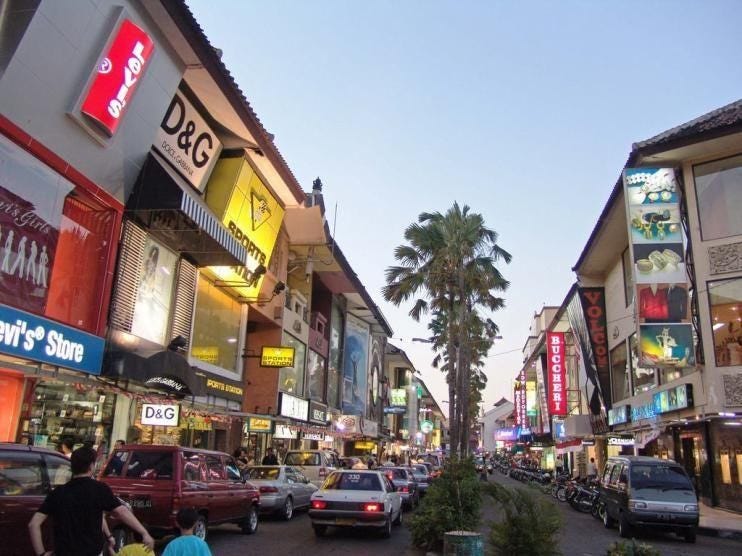
Those of us who deeply care for Bali as a precious, microcosmic Island of profound cultural heritage are obligated to challenge the current status and footprint of western construction developments dumping mountains of cement and otherwise non-renewable building materials on Balinese lands, forever scarring the landscape with inherent human greed and hedonistic tendencies. Critiquing the current status of the tourism and construction industry in Bali can only be beneficial in the long term if it is counteracted with propositional alternative solutions.
As an architect, artist and designer specializing in bamboo and natural material experimentation, I believe in establishing sustainable alternative paradigms to alleviate the current alarming impact of Bali’s Tourism Industry and its affiliated construction frenzy.
So, what if there was a plant that could grow 4 feet in a day, with an ultimate tensile strength equal to steel, stronger than concrete in compression, requiring a land area for growth no larger than the building you want to build from it? Treated with laundry soap and eyewash, put together with joinery so strong that the steel bolts are the weakest link? What if, as the builder, you could completely control your source of building material, so economic meltdowns and price fluctuations wouldn’t affect you? (Bamboo Building Essentials* by Darrel DeBoer and Megan Groth)
With a steadily rising bamboo architecture movement across the island, there is a sense of revolution gaining momentum in both local and expatriate circles; a ‘Bamboo Revolution’. With the expanding knowledge of Bamboo construction and treatment techniques, Bali is becoming a global destination for experimentation, development and pedagogical platforms for bamboo contemporary culture.
As an archetypical renewable natural material with a 1 meter per day growth rate and a 4 four-year harvest cycle, Bamboo is increasingly regarded as the face of a global green revolution, revered for its miraculous technical and aesthetic properties capable of actively reducing the global dependency on non-renewable resources especially, but not exclusively, in the building sector.
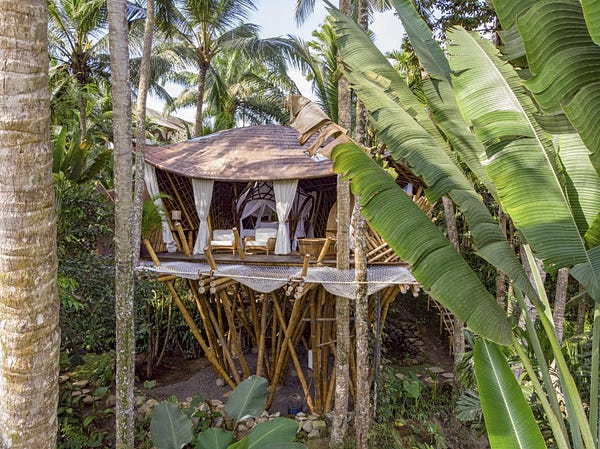
As Pablo van der Lugt says: “Because of its ability to restore degraded land, reforesting with bamboo could mitigate climate change and provide an enormous source of raw material. Furthermore, industrially processed bamboo can be used in a multitude of modern applications. Not only in the building industry, but also in interior design and the textile, paper and energy industry.”
Bamboo is inviting us to interact with the world with a new perspective, creating with nature forces us to understand it, and is from this empathic approach that we should construct the paradise we so much strive for.
Join us.
This is a story of the Futurist Club
by Science of the Time
Written by: Pablo Luna
Pablo Luna Studio focuses on the design, development and production of art and architecture with bamboo. The studio researches and experiments various techniques with bamboo and publishes their findings. The aim is to disseminate knowledge about the potential of this versatile grass and to create and share bamboo on a broader level while challenging its perceived boundaries. By combining technology and natural materials, the studio investigates the ways in which the two interact to create new possibilities with this natural but magical grass.

Pablo studied architecture at Columbia University in New York City. During this time, he connected with John Hardy, a world-renowned entrepreneur whose primary medium is bamboo. A day after graduating, he flew to Bali to work with John and his journey with bamboo began. Once on the island, his understanding of what it meant to design and work with this living grass came to fruition. Gaining confidence in his ability to create after building a yoga pavilion, a minang bridge, a meditation shala and a tree house led him to the realization that the possibilities with bamboo were limitless. It was then that Pablo Luna Studio was created — to further the study of this adaptable material.
One of the beautiful aspects of bamboo is that no two pieces are alike. Each one is unique and can thus be used to create different art forms. Hence, the studio’s art is driven by its interests in creating art and architecture that incorporates natural materials, movement, and human stories. The entire team strives to make the concerns of art relevant to society at large.
Art, for them, is a crucial means for discovery. This is why their creations with Bamboo include jewelry, sculpture, film, and installation. Not limited to the confines of the museum and gallery, their practices engages the broader public sphere through architectural projects, interventions in civic space, and issues of sustainability and climate change.
The jewelry collection began as an experiment while teaching students how to create architectural models and furniture at Bamboo University in Bali. The first pieces were inspired by works of the local Balinese craftsmen: elegant knife movements, attention to detail and mastery of the material. The way bamboo is handled and perceived in the Balinese community shed light on the opportunity for craftsmanship in the studio.
Pablo Luna Studio’s is creating architecture that brings the appreciation and understanding of bamboo to a new level. Through experimentation and research the ever dedicated team will continue to document and create new possibilities with this versatile material that reach far beyond our imagination.

